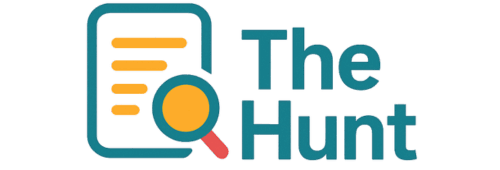Listed below are some of the basic concepts involved in acquired brain injury rehabilitation. There are different levels of care, including inpatient and outpatient care. The type of care will also determine the cost of rehabilitation. A comprehensive approach to rehabilitation will focus on the needs of the patient. It will also include a multidisciplinary approach to rehabilitating an acquired brain injury.
Levels of care
Acquired brain injury rehabilitation is a multi-faceted process. While some patients with traumatic brain injury (TBI) may recover with minimal therapy, others may require post-acute care. To help identify the appropriate level of care, the Ontario Neurotrauma Foundation published the Ontario Neurotrauma Quality Post-Concussion Standards and the Post-Concussion Care Pathway. The foundation estimates that more than half of concussion patients will recover without any further treatment, while 15-20 percent may require more interdisciplinary management.
The goal of rehabilitation is to improve cognitive functions. This includes improving memory, focus, and other cognitive skills. Therapists use neuropsychological assessments to determine specific treatment targets. Speech-language therapy targets speech and language challenges, as well as movement challenges.
Outpatient treatment
After undergoing a brain injury, a patient may benefit from outpatient rehabilitation. This type of rehabilitation allows the patient to receive structured group therapy during the day while being able to return home at night. Some patients may transition from a hospital to a day rehab program, while others may undergo rehabilitation at an acute care hospital.
The focus of brain injury rehabilitation is restoring function through the activation of neuroplasticity, a process by which undamaged areas of the brain can take over functions previously performed by damaged areas. This process is activated by engaging in repeated activities that stimulate the brain and create new neural pathways. This allows the patient to overcome the symptoms of brain injury and improve functioning. The most common therapies for regaining function are physical therapy and occupational therapy.
A rehabilitation team composed of medical and rehabilitation professionals works with patients to determine their specific needs and develop a rehabilitation plan that will meet those needs. This team typically includes a clinical neuropsychologist, social worker/case manager, occupational therapist, physical therapist, speech-language therapist, and behavior management training director. Other professionals may be added as needed.
The costs of acquired brain injury rehabilitation vary greatly depending on the type of injury a person has suffered. For example, those who have suffered a mild traumatic brain injury will need to avoid risky activities like driving for several days or working for a few weeks. However, those who have sustained moderate or severe brain injuries will need longer periods of downtime and more extensive treatment. These patients may not be able to work for several months. Furthermore, some will never be able to return to the type of work they once did. The costs of rehabilitation will not be the only factor that affects recovery, but they can be the most significant.

